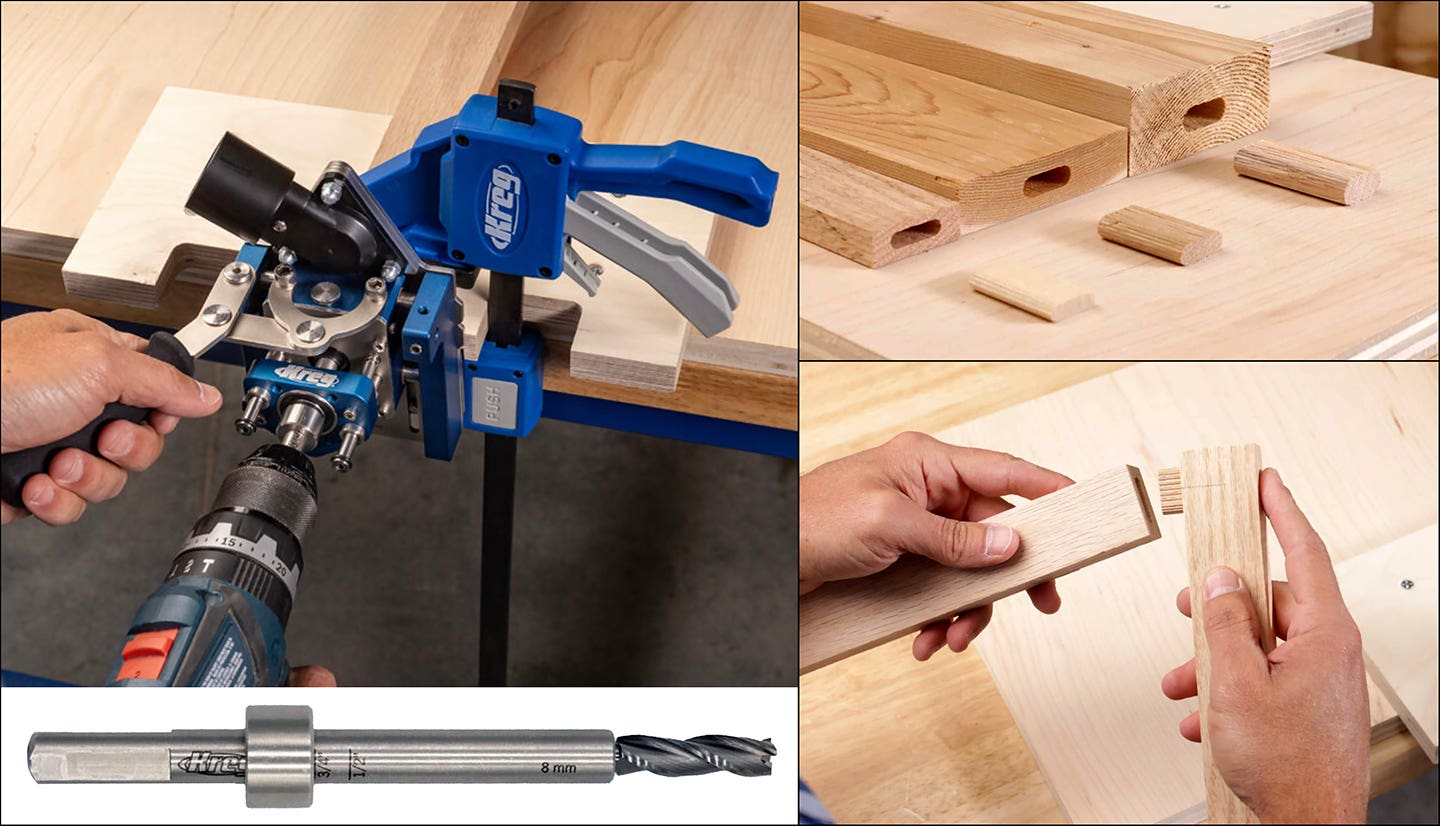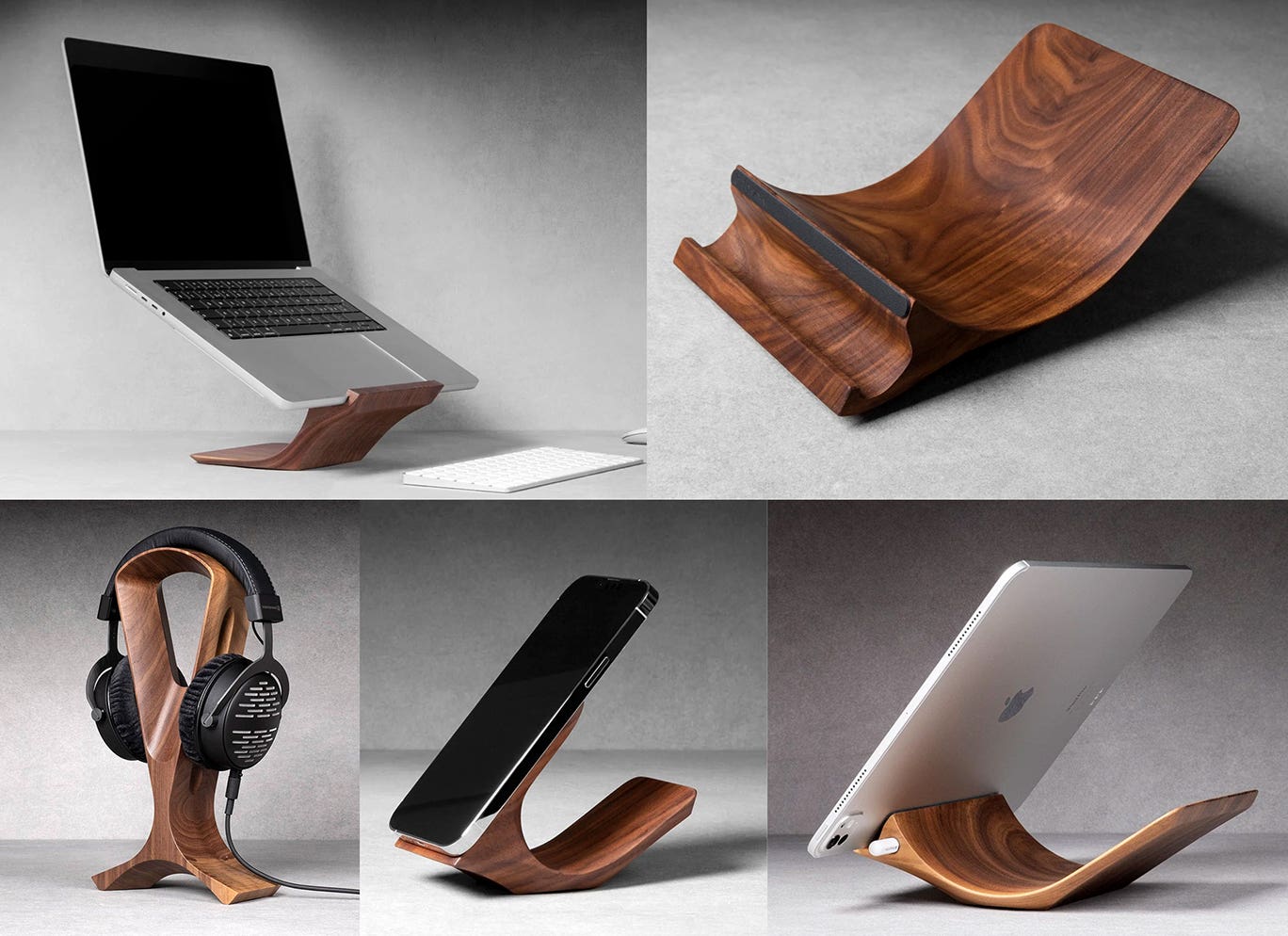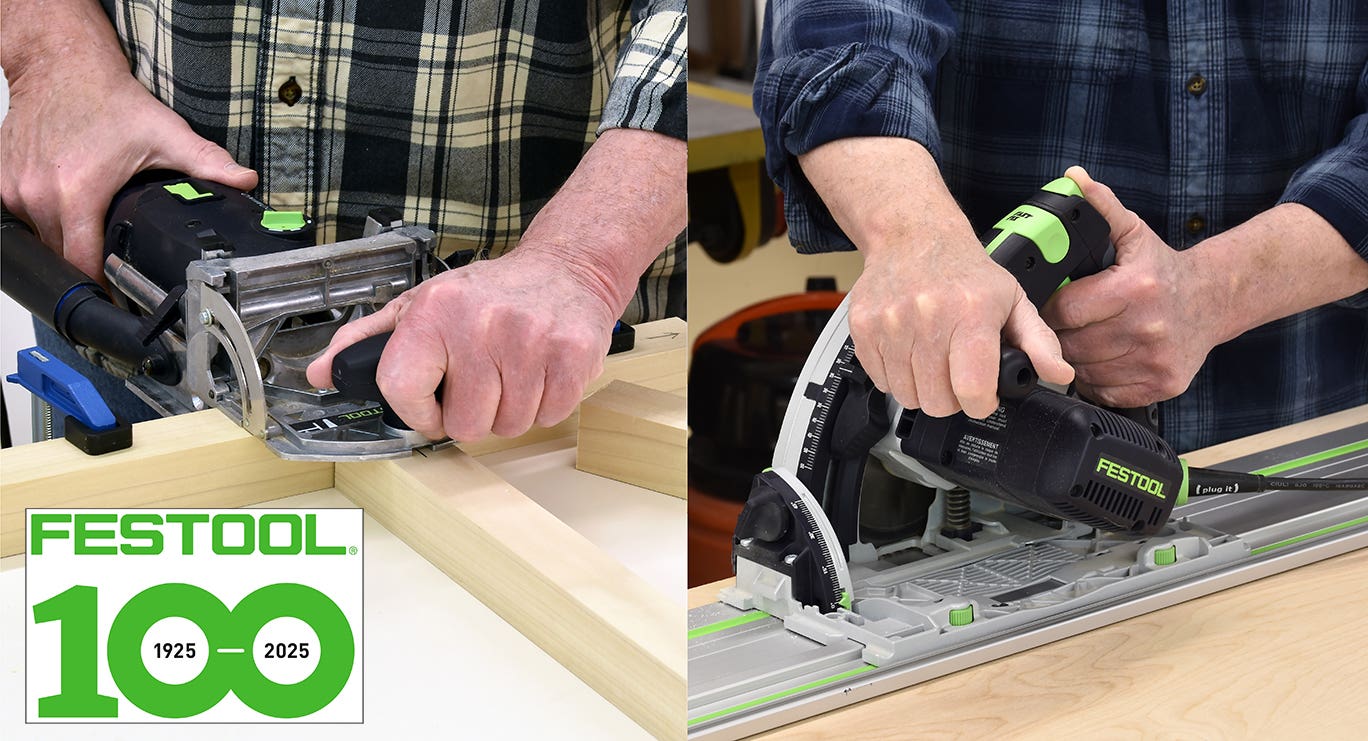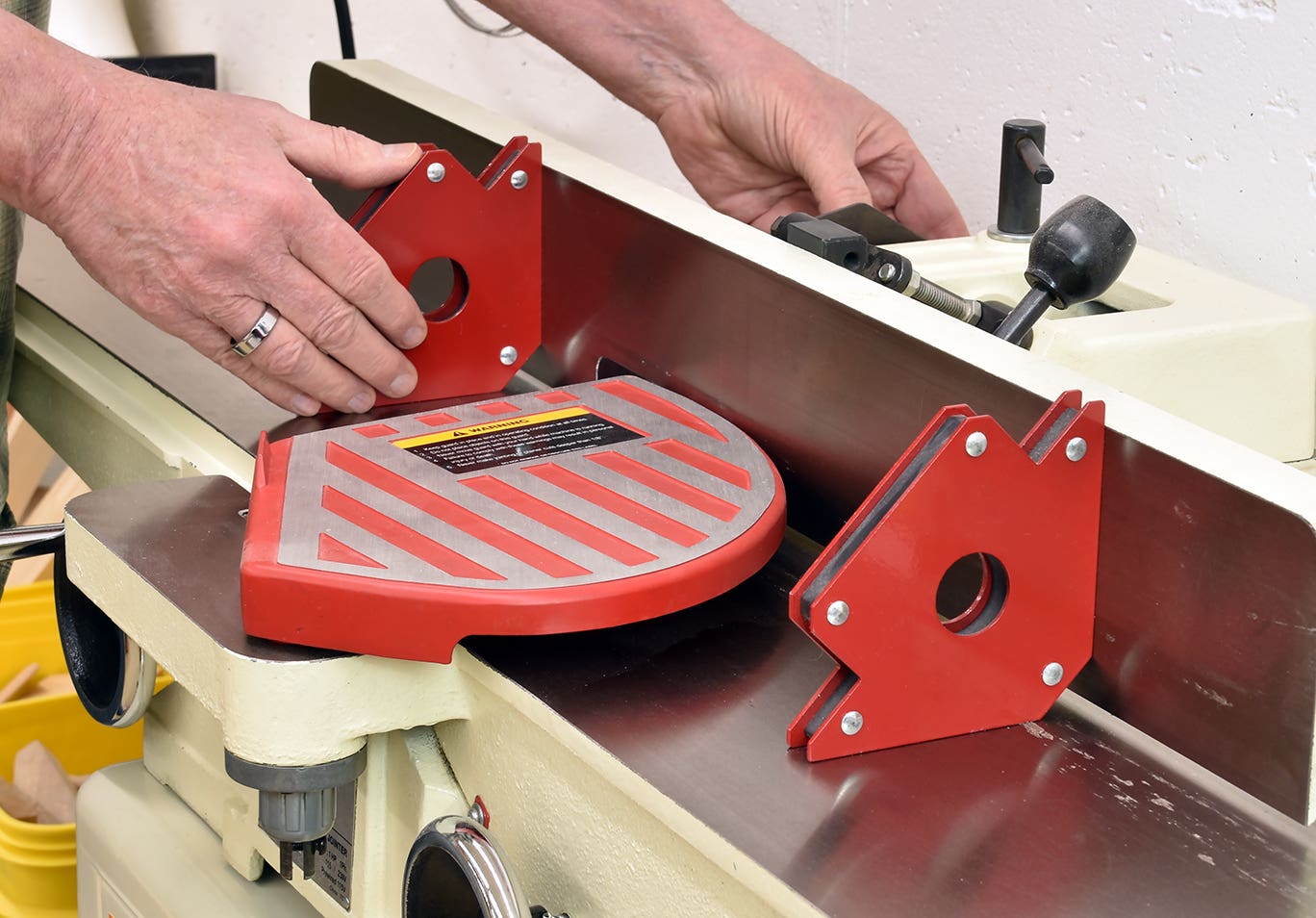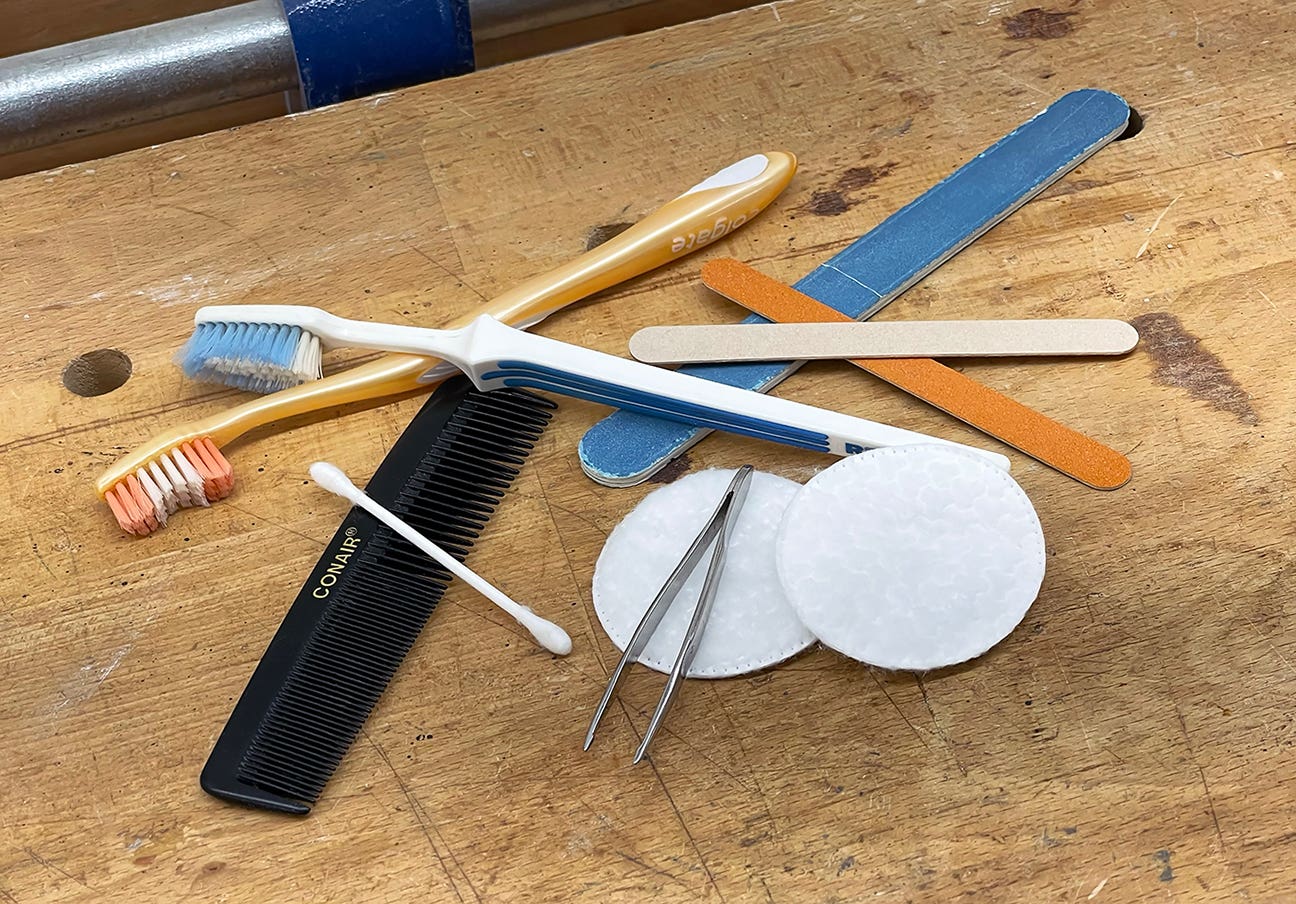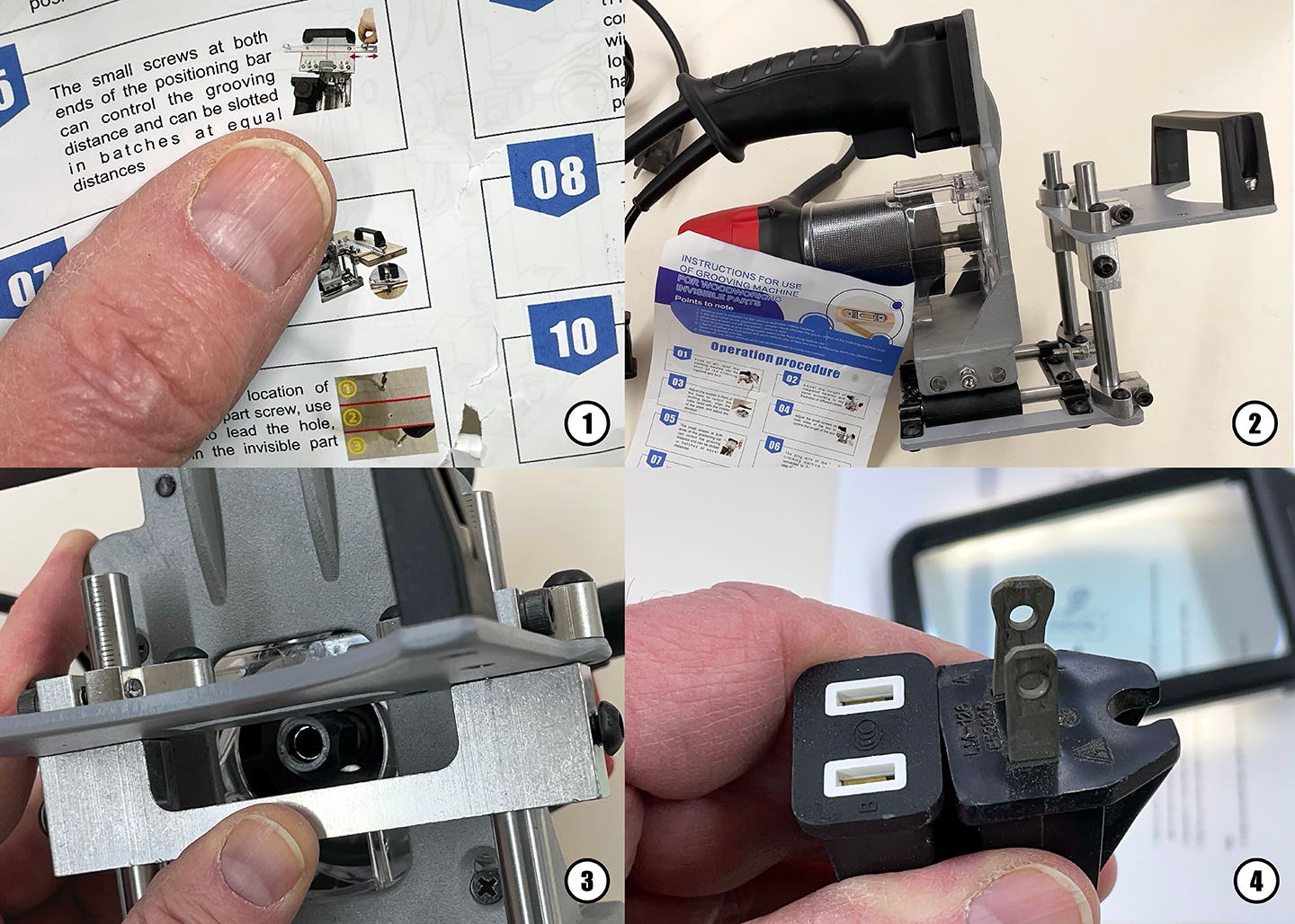The riving knife
Since the mid 1980’s, virtually every table saw sold in this country has been equipped with some kind of “splitter”, a stationary metal blade intended to hold the kerf open…
Since the mid 1980's, virtually every table saw sold in this country has been equipped with some kind of "splitter", a stationary metal blade intended to hold the kerf open behind the blade. The splitter has also done double duty as a convenient mounting place for the ineffective but required blade guards that have long come with every table saw. In truth, the splitter has rarely functioned as a decent safety device because, for the most part, they have been made of flimsy metal of a thickness far less than that of a typical saw blade.
And since the standard splitter/blade guard combo is mostly in the way and completely obstructing to the normal operation of the machine, they mostly end up tossed under the saw where they are later swept up and disposed of along with the rest of the shop fall down.
But as of the end of this year, all table saws sold in America will be required to have a true riving knife. The safety function of a riving knife is the same, at least in theory, as that of a splitter it prevents the kerf from closing behind the blade on a rip, or allowing the stock that may bind between the blade and fence from getting caught by the teeth on the back of the blade. Even though the riving knife and the splitter are similar, the differences between them are significant.
Probably most significant is the fact that since the riving knife doesn't need to be removed from the saw when cross-cutting or doing a blind (non-through) cut (since it doesn't extend above the top of the saw blade) it actually has a decent chance of being left on the machine by the operator. Like a splitter, a riving knife is mounted on the same mechanism that mounts the blade, allowing it to move with the saw blade as it's raised, lowered and tilted. But it sits closer to the back edge of the blade, making it much more effective since there is less space for the stock to shift into the path of the blade. It also provides some additional protection for the operator by blocking contact with the back edge of the blade.
All in all, this represents a significant breakthrough in table saw safety. Even though the riving knife is an extremely simple device and should cost no more than a few dollars per machine to implement, saw manufacturers have fought against this requirement for years. Why? Probably because by producing saws equipped with riving knives that will not sell for significantly more than those previously sold without, their arguments against incorporating these simple safety devices will be badly perforated. Also, this is seen by many as the first step toward more stringent safety requirements like the inclusion of something similar to the braking technology used on the SawStop machines. That one has manufacturers worried.
D.D.
David DeCristoforo possesses an extensive resume as designer/maker of fine furniture, high-end cabinetry and architectural woodwork. His experience in professional woodworking spans a period of 35 years. For the past 20 years David DeCristoforo Design has been located in Woodland, California. During this time David's shop has ranged in scope from a "full on" cabinet production shop with as many as 15 employees to a small fine furniture and custom millwork shop, working with his son, David RBJ, a highly skilled maker in his own right.


